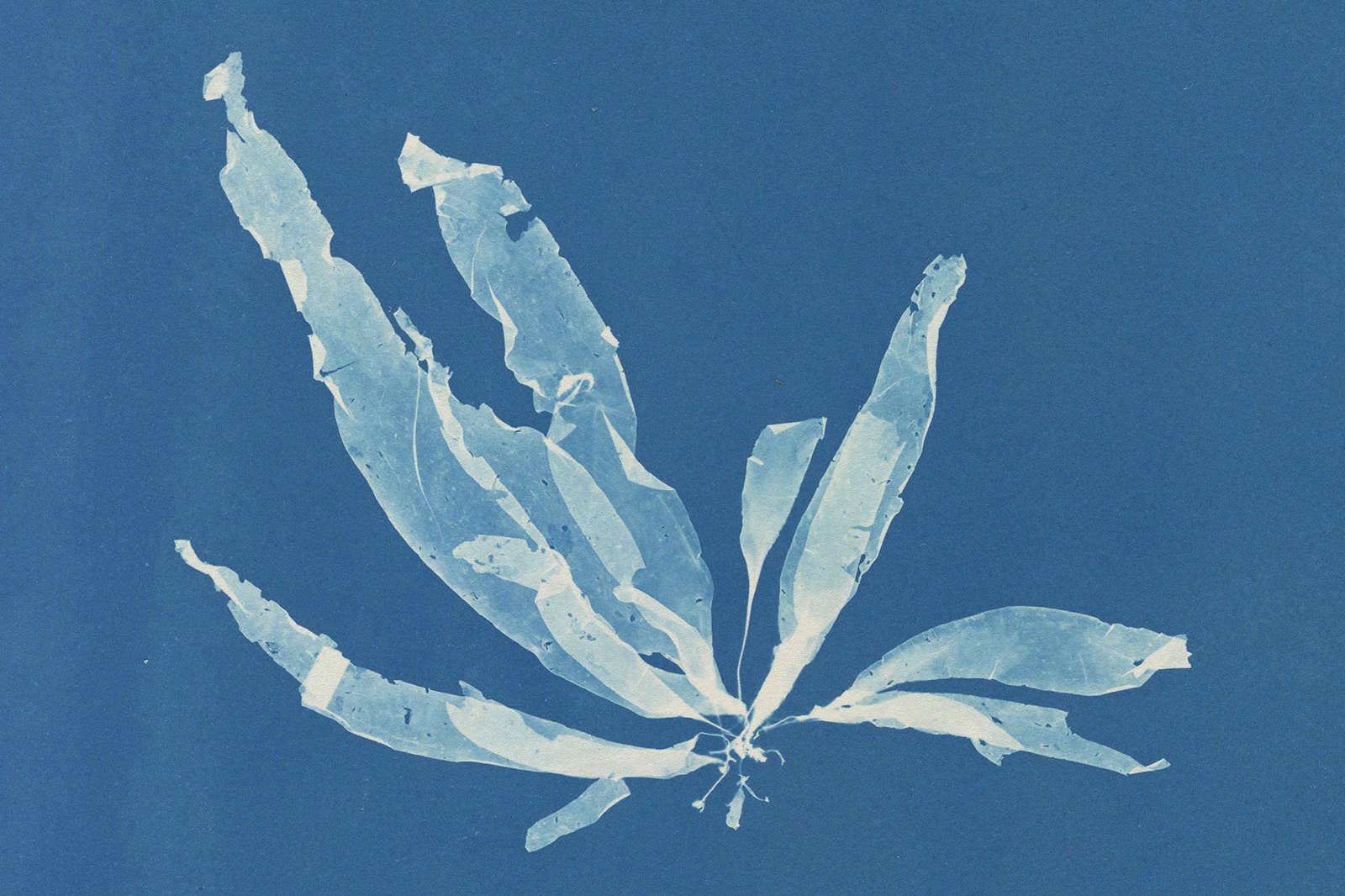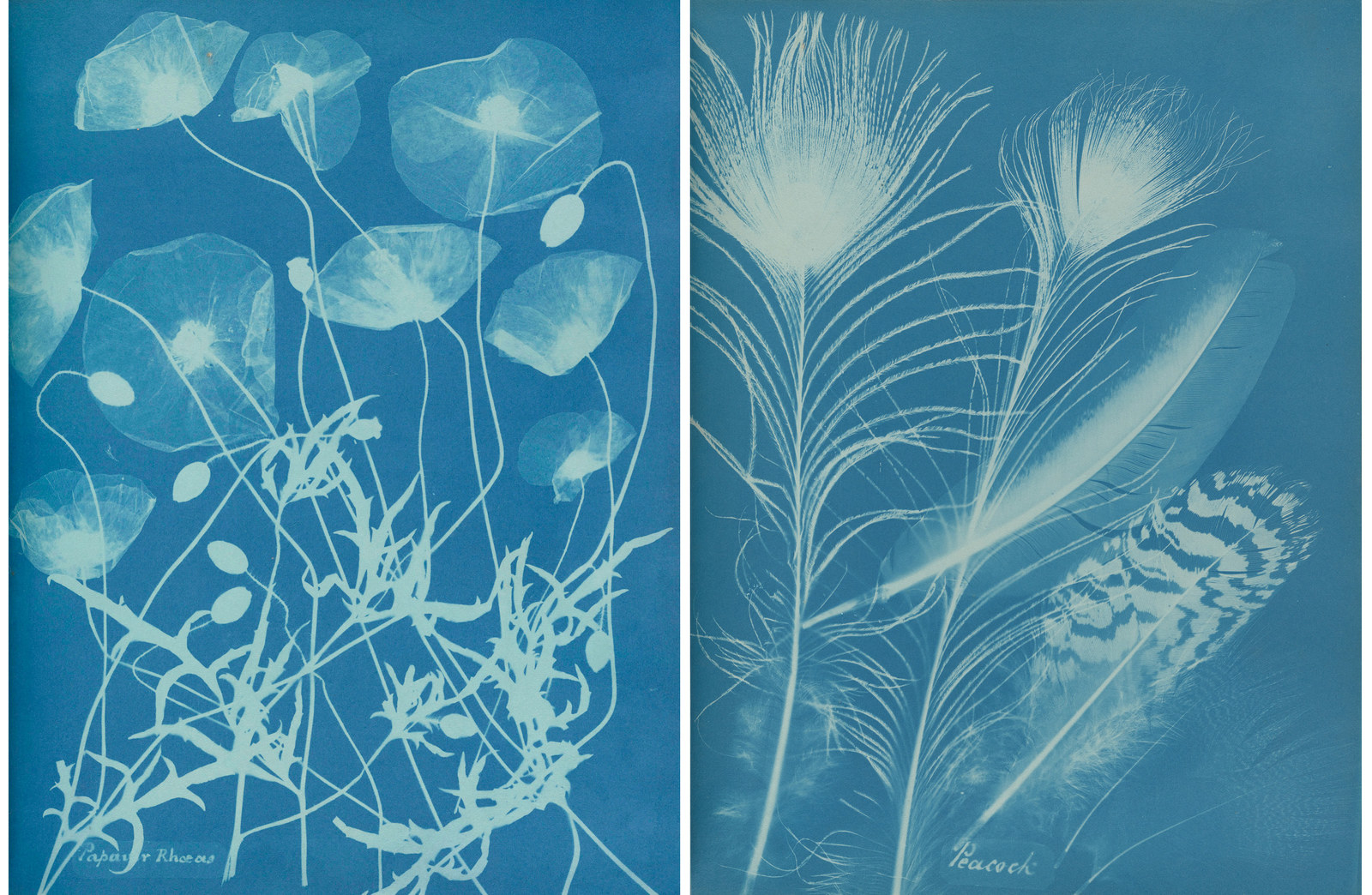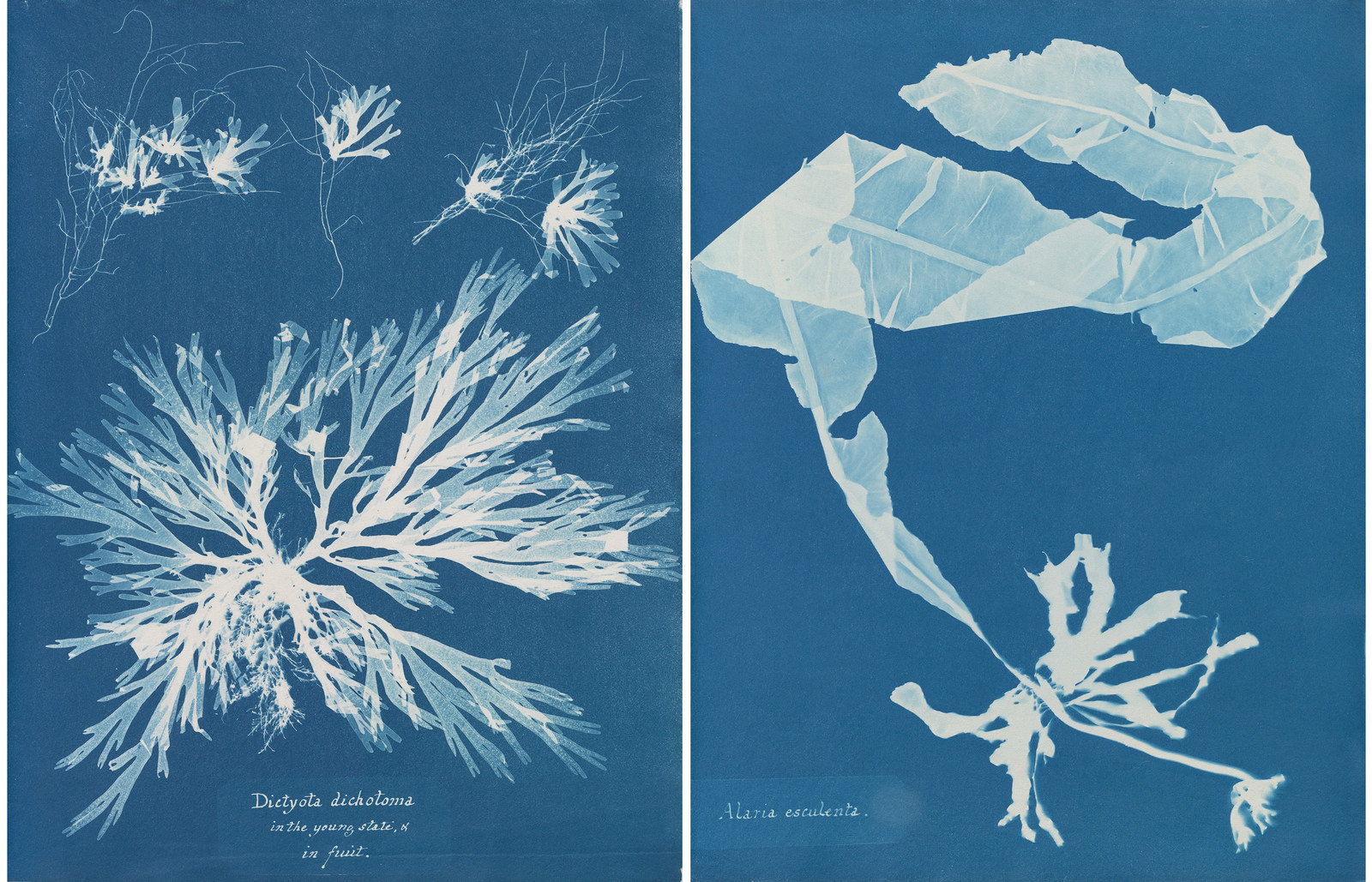
In Victorian England, the expectations of young women often aligned with maintaining a clean and happy residence. But for Anna Atkins (1799–1871), the invention of photography had revealed an entire world of exciting, new possibilities for both science and art. Atkins is often described as the first female photographer and her 1843 work, Photographs of British Algae: Cyanotype Impressions, is known as the first book in history to be illustrated by photographs.

To celebrate the 175th anniversary of this landmark book, the New York Public Library has organized an upcoming exhibition titled Blue Prints, which will display rare and unique copies of the original publication, as well as the only three pictures ever made of this pioneering Victorian photographer.
Here, Joshua Chuang, senior curator of photography at the New York Public Library, writes for BuzzFeed News on the legacy of Anna Atkins and shares with us a selection of pages from the first photo book in history.
Anna Atkins was a botanist, and as the title of her book suggests, her pictures depict her massive and growing collection of seaweed, which she photographed using the cyanotype, or “blueprint,” method. She made the book for her botanical friends and issued it in installments over a 10-year period.
She was a remarkable woman about whom not enough is known, in part because she did not seek recognition. Her full name, in fact, appears nowhere in the book. Only her initials do: A.A.

Atkins grew up in Victorian England, in an era of more sharply defined societal roles for women. Women of her class were primarily expected to keep their households in good standing, and to occupy themselves with polite activities. They certainly weren't expected to make impactful contributions to society like their male counterparts.
There were notable exceptions, however, and Atkins is a prime example. She was fortunate to have had a father who was a prominent scientist and who passed along a great deal of knowledge to her from a young age. He also introduced her to his circle of influential friends, including William Henry Fox Talbot and Sir John Herschel, both of whom were instrumental to the invention of photography.
When Atkins first started making her cyanotypes, the general public was just becoming aware of what photographs were and how to understand them, never mind how to make them. These types of images were not common at all, at least not compared to even two decades later.
A good many of the earliest photographs didn't involve a camera or a lens; instead they were made by simply laying an object down on a sheet of light-sensitive paper and letting the sun darken the areas around the object, recording its profile as a light shape against a dark background. These types of “sun pictures” would later become known as photograms. This is how Atkins made her cyanotypes.

When the New York Public Library recently acquired the last known copy of Atkins’ “Volume III” to be in private hands, it spurred the idea of organizing an exhibition solely dedicated to her life and work, which hadn't been done in nearly three decades and never outside of Britain.

In order to tell Atkins’ story in full, we needed to borrow things from other collections, both public and private, to round out the story. And since her work is so rare, and the facts of her life so fragmentary, it took a fair bit of sleuthing and convincing to source what we believed was necessary to be able to tell her story with the nuance and complexity it deserves.
Research was being conducted all the while, and exciting discoveries were coming out of the woodwork even as the checklist was being finalized. Photographs and books are things that people usually think of as existing in many exact multiples. Each of Atkins’ plates, however, is unique and was made painstakingly by hand. Even the binding of the parts was hand-stitched by her.
Looking at them closely, you really get the sense of something just coming into being — the pages are brimming with a sense of discovery, even 175 years later. Their haunting beauty. Their creator’s unusual ingenuity, dedication, and resourcefulness. The lesson that if one realizes a private ambition to perfection, it can still speak powerfully to audiences centuries later.

